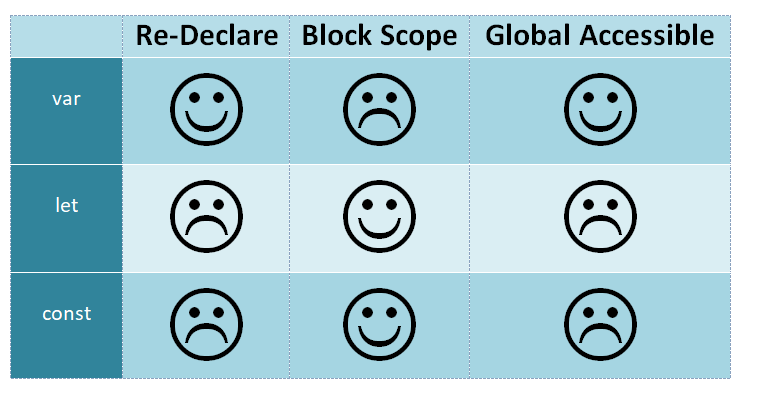In the dynamic world of software development, code reviews stand out as a critical process for ensuring code quality, collaboration, and team cohesion. However, to truly harness the benefits of code reviews, it is imperative to establish clear objectives in code reviews. In this article, we delve into the importance of setting precise goals for code reviews, exploring how doing so can enhance the overall effectiveness of this essential practice.
Contents
The Purpose of Code Reviews
Code reviews serve multiple purposes within the software development lifecycle. These include, but are not limited to, bug identification, ensuring adherence to coding standards, improving maintainability, and facilitating knowledge transfer among team members. While these overarching goals are universal, establishing clear and specific objectives tailored to the team’s needs is crucial for maximizing the impact of code reviews.
1. Bug Detection and Quality Assurance
At its core, one clear objectives in code reviews is to identify and rectify defects. By having multiple sets of eyes scrutinize the code, developers can catch syntax errors, logical issues, and potential security vulnerabilities early in the development process. Clear objectives in this realm involve defining the types of issues to focus on, whether it be functional bugs, security concerns, or performance bottlenecks.

2. Adherence to Coding Standards
Maintaining a consistent coding style is essential for code readability, maintainability, and collaboration. Code reviews provide an opportunity to ensure that all team members adhere to established coding standards. Clear objectives in this context involve specifying the coding conventions to be followed, such as indentation, naming conventions, and code organization. This not only enhances the uniformity of the codebase but also streamlines future maintenance efforts.
3. Knowledge Transfer and Collaboration
Code reviews are an invaluable mechanism for knowledge transfer within a development team. Clear objectives in this dimension involve fostering collaboration and ensuring that information flows seamlessly among team members. This may include encouraging constructive feedback, promoting discussions during reviews, and setting expectations for sharing insights into the codebase.

4. Developer Growth and Mentorship
Code reviews offer a unique opportunity for mentorship and the professional growth of team members. Clear objectives in this area involve defining how senior developers can guide and mentor junior team members through feedback and discussions. Establishing a culture of continuous improvement ensures that each code review becomes not only a quality check but also a learning experience.
5. Efficiency and Timeliness
In a fast-paced development environment, time is of the essence. Setting objectives related to efficiency and timeliness ensures that code reviews do not become bottlenecks in the development process. This may involve establishing a maximum review turnaround time, defining a streamlined review process, and leveraging tools and automation to expedite routine checks.
6. Codebase Understanding and Maintenance
A holistic understanding of the entire codebase is crucial for effective development. Clear objectives in this regard involve ensuring that developers not only review code within their domain but also gain familiarity with other parts of the system. This broader perspective enhances collaboration, reduces silos of knowledge, and facilitates a more comprehensive approach to code maintenance.
7. Continuous Improvement Culture

Code reviews should not be static; they should evolve with the ever-changing landscape of software development. Clear objectives related to a culture of continuous improvement involve regularly revisiting and refining the code review process. This may include incorporating feedback from team retrospectives, staying abreast of industry best practices, and adapting the review process to address emerging challenges.
8. Integration of Automation

Automation can significantly enhance the effectiveness of code reviews. Clear objectives in this realm involve specifying which aspects of the review process can be automated, such as static code analysis, linting, and automated testing. Integrating these tools streamlines routine checks, allowing developers to focus on more complex aspects of the code.
Best Practices for Defining Clear Objectives in Code Reviews
- Collaborative Goal Setting: Involve the entire development team in defining code review objectives. This ensures that the goals align with the team’s unique context, challenges, and aspirations.
- Clarity and Specificity: Objectives should be clear, specific, and measurable. Avoid vague goals like “improve code quality” and instead opt for concrete targets like “reduce the number of high-priority bugs by 20%.”
- Regular Review and Adaptation: Code review objectives are not set in stone. Regularly review and adapt them based on feedback, changing project requirements, and evolving industry best practices.
- Balanced Prioritization: Consider the broader project goals and strike a balance between various objectives. For example, while bug detection is crucial, it should not overshadow the importance of fostering collaboration and knowledge transfer.
- Training and Onboarding: Ensure that new team members are familiar with the established code review objectives. This is particularly important for maintaining consistency as the team grows or undergoes changes.
- Celebrate Achievements: Recognize and celebrate achievements related to code review objectives. This not only boosts team morale but also reinforces the value of the established goals.
Establishing clear objectives in code reviews is akin to setting the compass for a journey. It provides direction, purpose, and a framework for continuous improvement. By defining specific goals related to bug detection, adherence to coding standards, knowledge transfer, and efficiency, development teams can elevate code reviews beyond a mere quality assurance process. They become a dynamic tool for fostering collaboration, nurturing developer growth, and ensuring the long-term maintainability of the codebase. As software development continues to evolve, the role of code reviews as a cornerstone of development excellence becomes increasingly pronounced. Embrace the power of well-defined objectives, and watch as code reviews propel your team towards greater efficiency, collaboration, and software quality.


